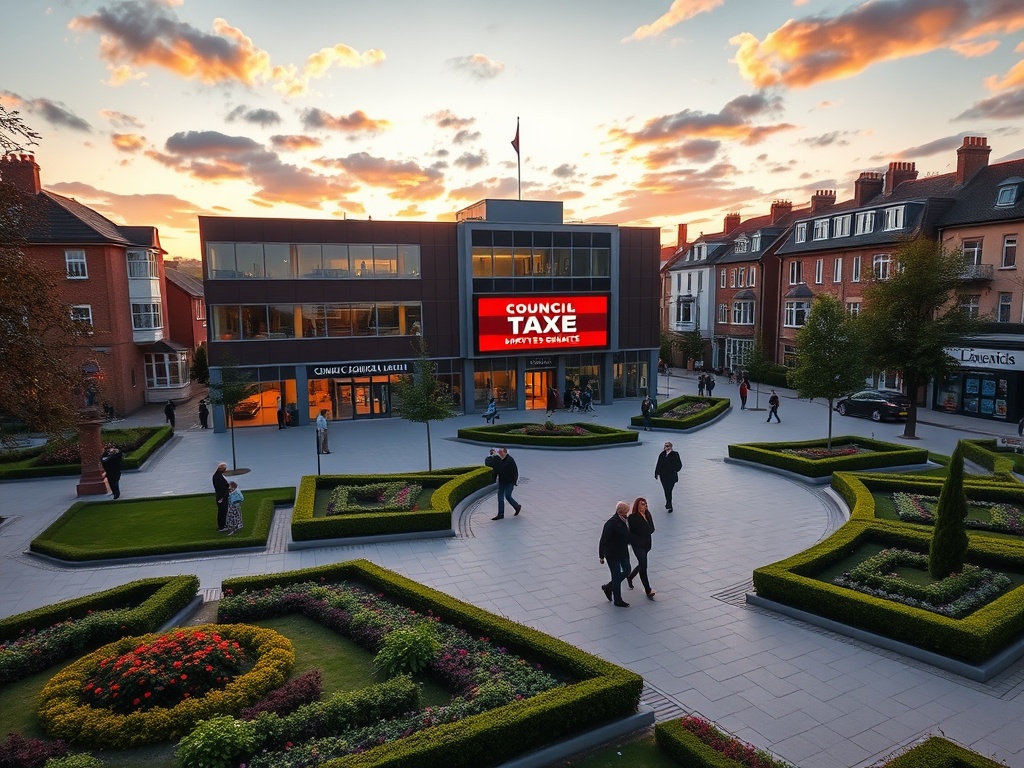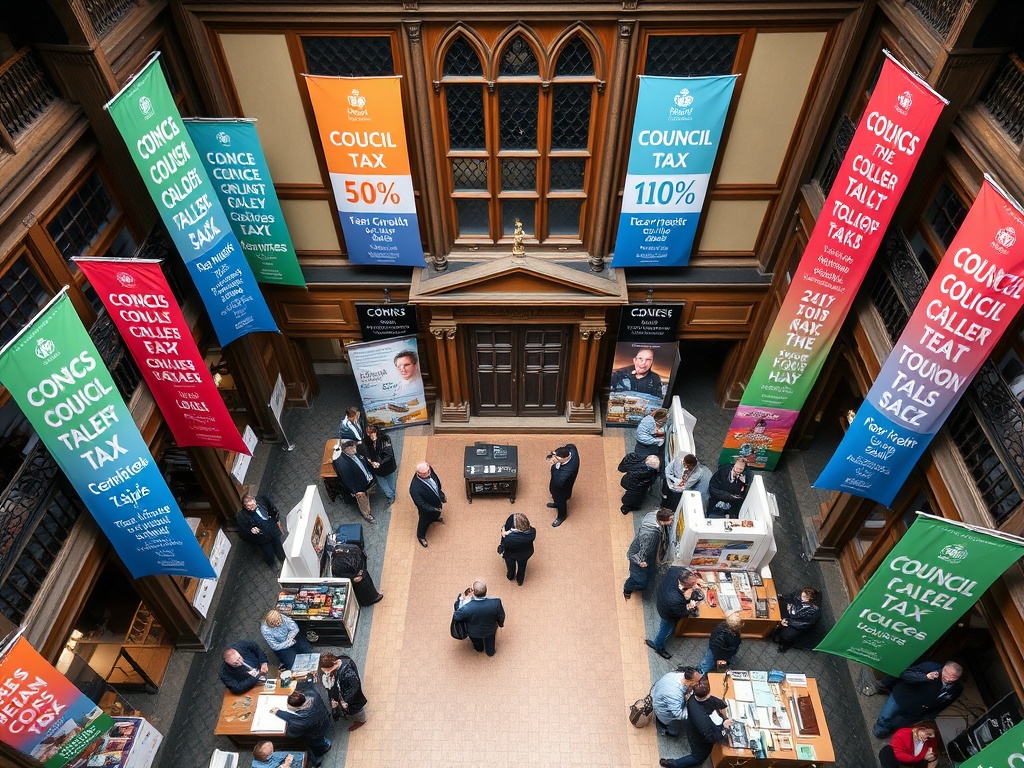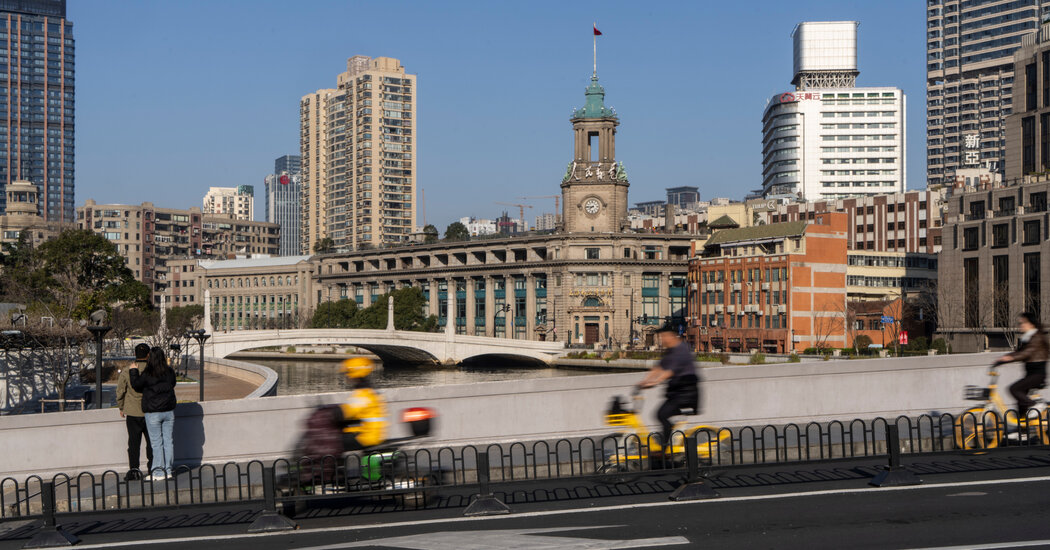Majority of Councils Set to Implement Maximum Council Tax Increase
Recent analysis indicates that a significant number of councils across England have indicated plans to impose the maximum allowable council tax increase of 4.99% this year. According to reports from the PA news agency, approximately 85% of the 139 top-tier authorities are either planning or have proposed a rise just shy of the 5% threshold, which would normally necessitate a local referendum.
When considering the six councils facing acute financial difficulties that have been authorized to exceed this threshold—some by as much as 10%—the proportion of councils planning substantial increases rises to nearly 90%. These councils, which include Bradford, Newham, Windsor and Maidenhead, Birmingham, Somerset, and Trafford, were not granted the full tax increase they originally sought.
Out of the councils that have disclosed their plans, 122 are currently awaiting approval from their respective full councils, while 17 have already confirmed their decisions. 14 councils have yet to announce their intentions. Based on prevailing trends, it is improbable that any proposed council tax increase put forth by senior council officials will be rejected at this advanced stage of the budgetary process.
Which Councils Will Avoid the Maximum Rate Increase?

Only 15 councils are planning increases that fall below the maximum of 4.99%. Notable examples include Barnet in north London and Warrington in Cheshire, both proposing a rise of 4.98%. South Tyneside and Stockton-on-Tees have opted for 4.95%, while Torbay is set for a 4.75% increase, and Wiltshire will see a 4.50% rise. Kensington & Chelsea in London will implement a 4% increase, with Doncaster in South Yorkshire setting its rise at 3.99%. Other councils with lower proposed increases include North East Lincolnshire at 3.98%, Essex at 3.75%, Rotherham in South Yorkshire at 3%, and Lincolnshire at 2.99%. Wandsworth in south London will maintain the lowest increase at 2%.
All upper-tier councils in the East Midlands, eastern England, the North East, and the South West have either proposed or confirmed their council tax increases. In the East Midlands, eight out of ten councils have opted for the maximum rise, while in eastern England, nine out of ten have reached this threshold. Of the 33 London councils, including the City of London, six have yet to reveal their council tax plans.
Newham, which has been granted permission to raise council tax by 8.99%, has cited rising homelessness and escalating costs associated with temporary accommodation as reasons for implementing one of the largest increases in England.
In the North West, 19 out of 21 councils that have confirmed their plans will proceed with a 4.99% increase. Warrington has chosen a slight reduction to 4.98%, while Trafford in Greater Manchester has been authorized to increase by 7.49%. In the South East, 16 of the 20 councils are planning a 4.99% rise, with Windsor & Maidenhead in Berkshire cleared to surpass the cap at 8.99%. Aside from Birmingham, which has been approved for a 7.49% increase, all 13 upper-tier councils in the West Midlands that have disclosed plans have also opted for a 4.99% increase.
In the Yorkshire & Humber region, three out of 15 councils are setting their council tax increases below 4%: Rotherham at 3.00%, North East Lincolnshire at 3.98%, and Doncaster at 3.99%.
The Government’s projection of a 6.8% overall increase in councils’ spending power for the year 2026-26 is predicated on the assumption that all councils would opt for the maximum council tax rise of 4.99%. Wandsworth’s 2% increase marks the third consecutive year in which council tax has been frozen in the borough, which is noted for having the lowest council tax in the country. Council leader Simon Hogg stated, “Sound financial management is at the heart of everything we do. Wandsworth has one of the lowest levels of debt and some of the highest financial reserves in London, allowing us to freeze the main element of council tax and invest in what matters most to you – cleaner streets, safer neighbourhoods, and a stronger community.”
Commenting on Lincolnshire’s proposed 2.99% increase, which is currently the second lowest in England, Council leader Martin Hill expressed concern over why certain councils are allowed to increase their taxes beyond the referendum threshold. He remarked, “We do feel there is an element of penalising success and rewarding failure. We have always done the right thing at the county council. We have lived within our budget, kept our council tax low, and it is a bit frustrating that other councils can’t seem to manage to do that at the same time we live within our means.”
The Resolution Foundation highlighted that the poorest fifth of households in the UK contributed 4.8%% of their income toward council tax in 2020-21, a significant increase from 2.9%% in 2002-3. The think tank noted that this portion of income is three times more than the 1.5%% spent by the wealthiest fifth of the population.




